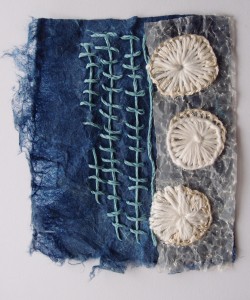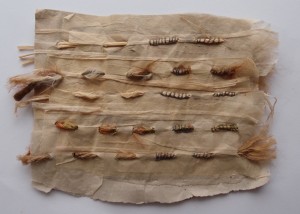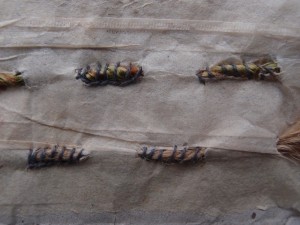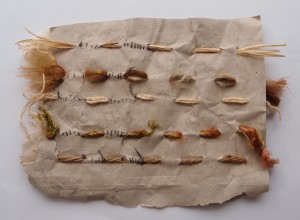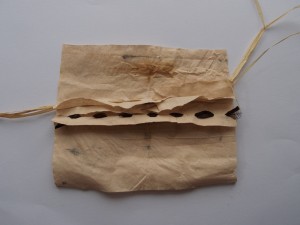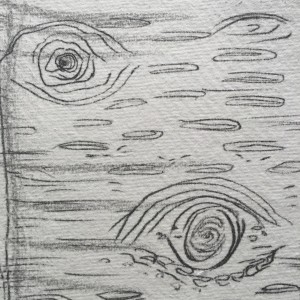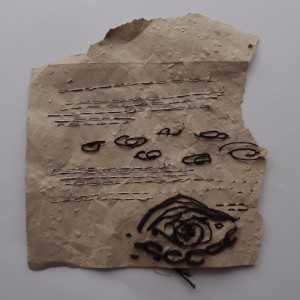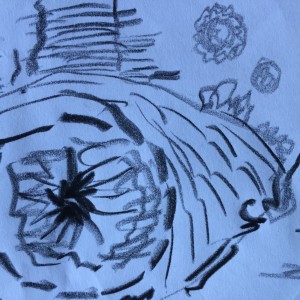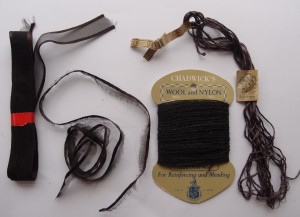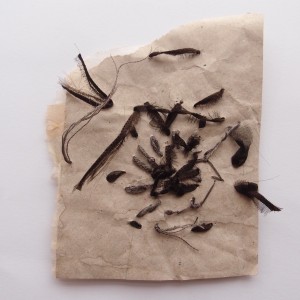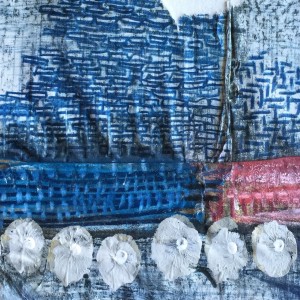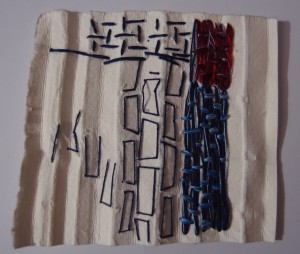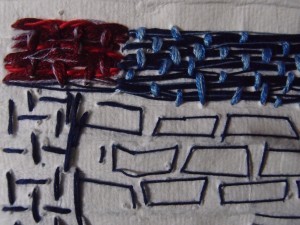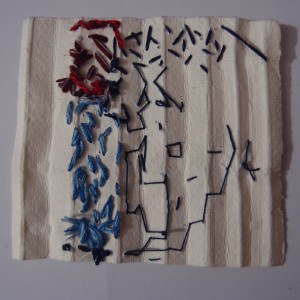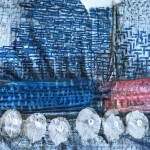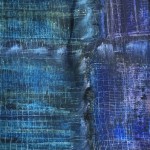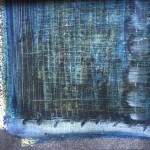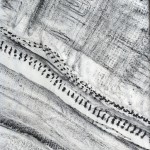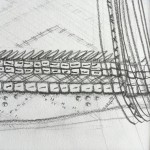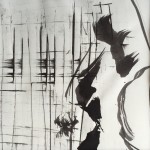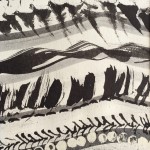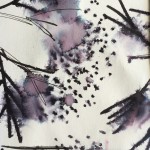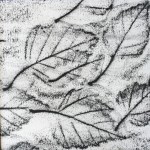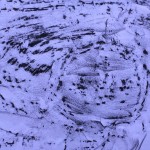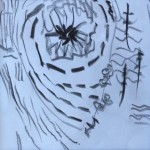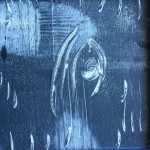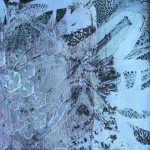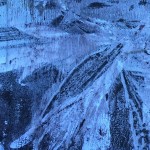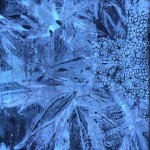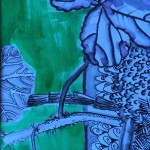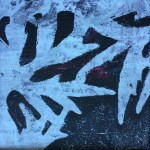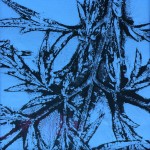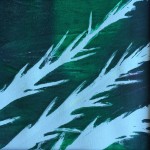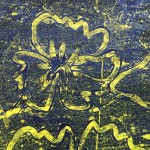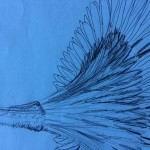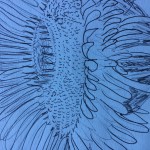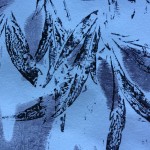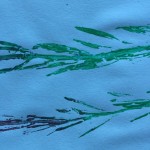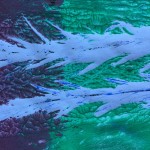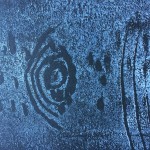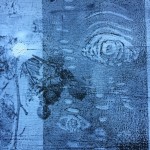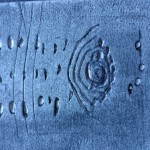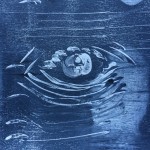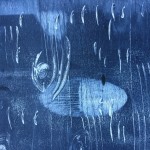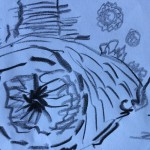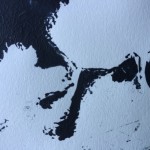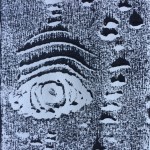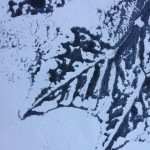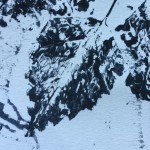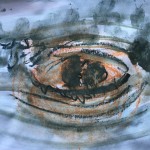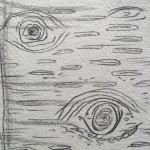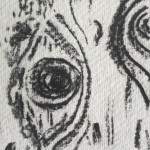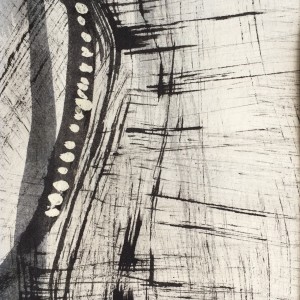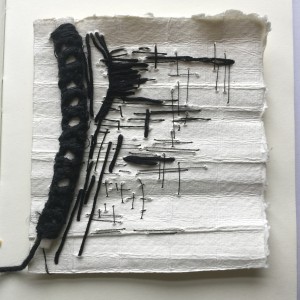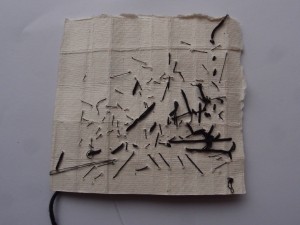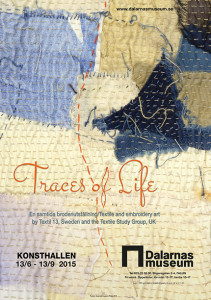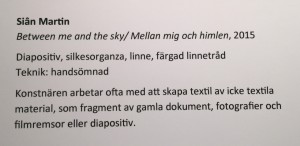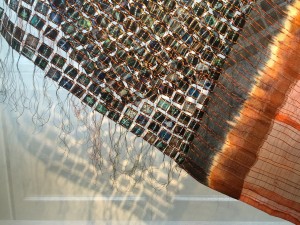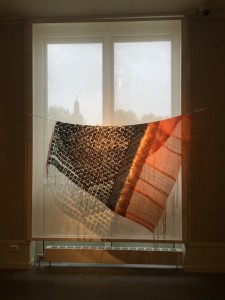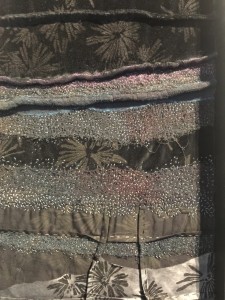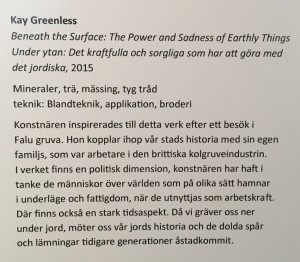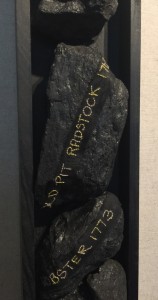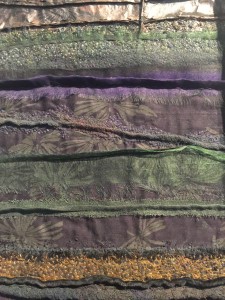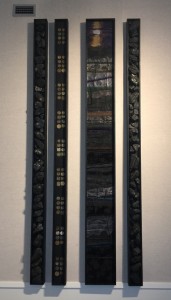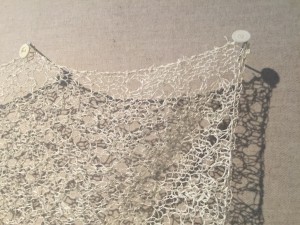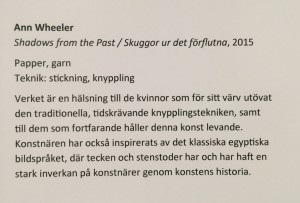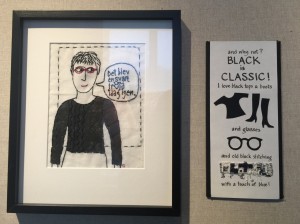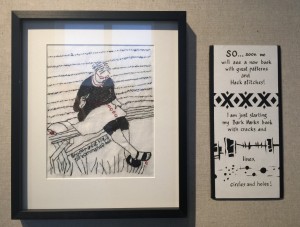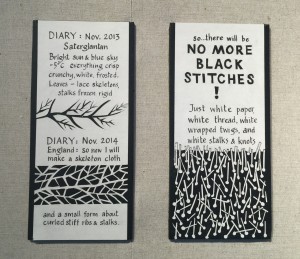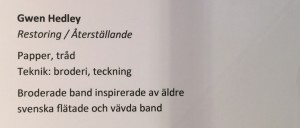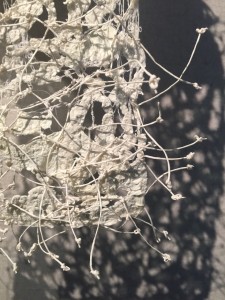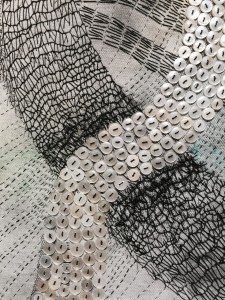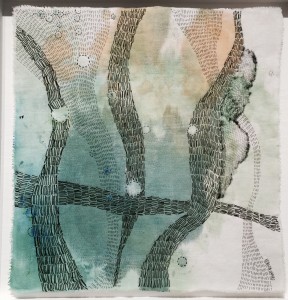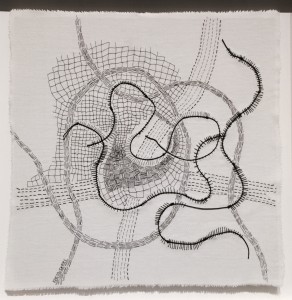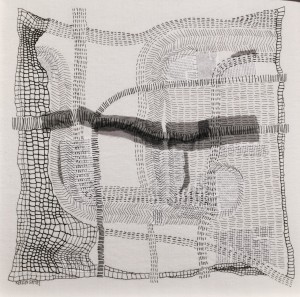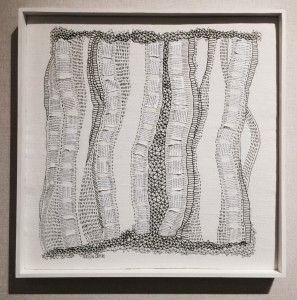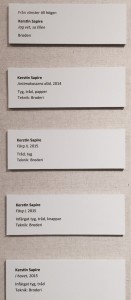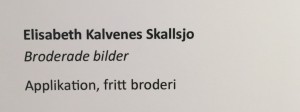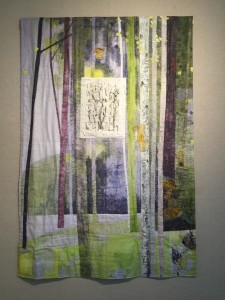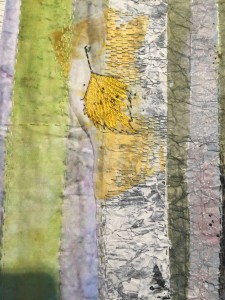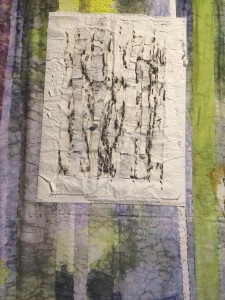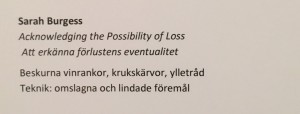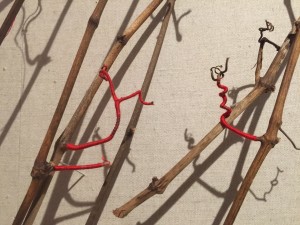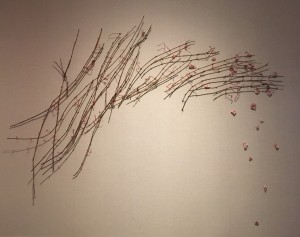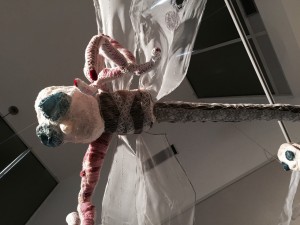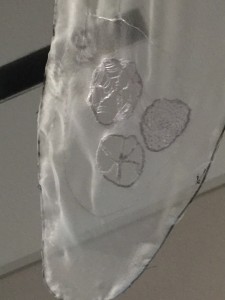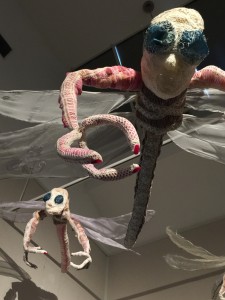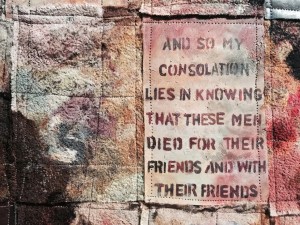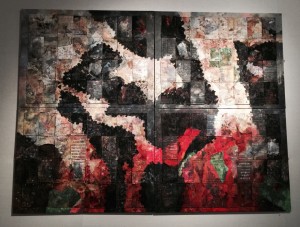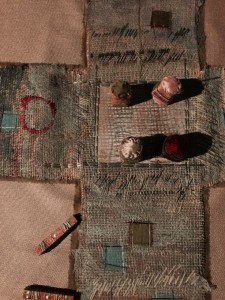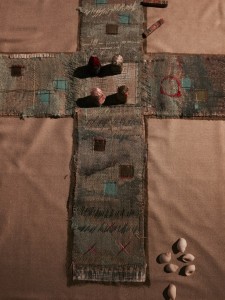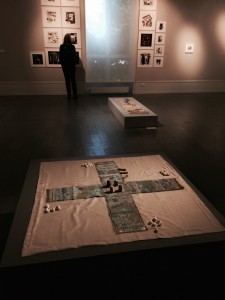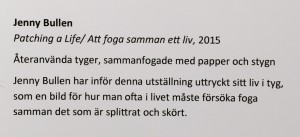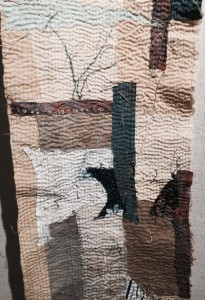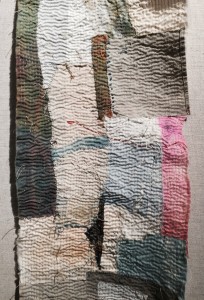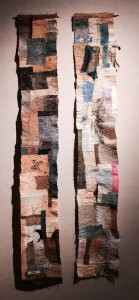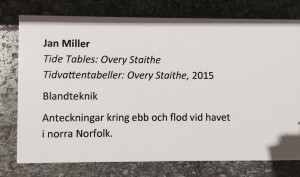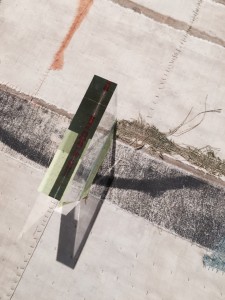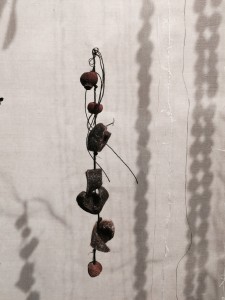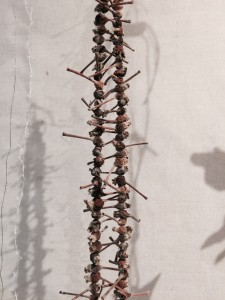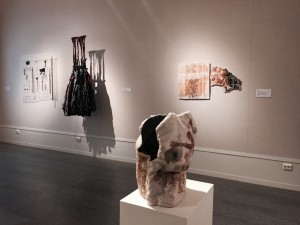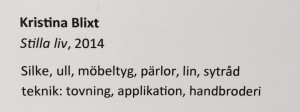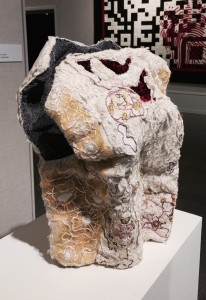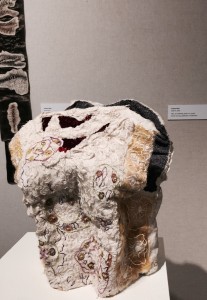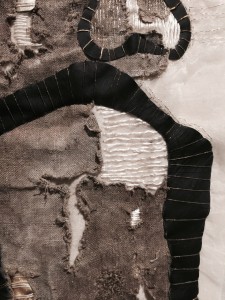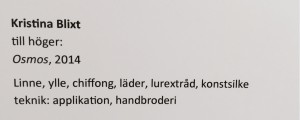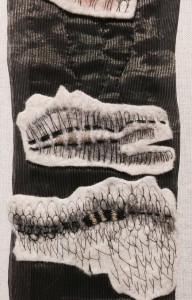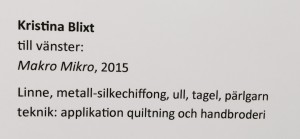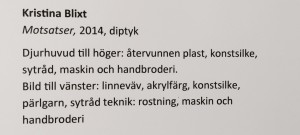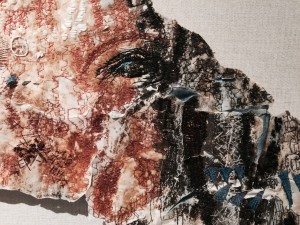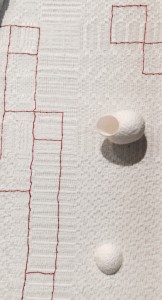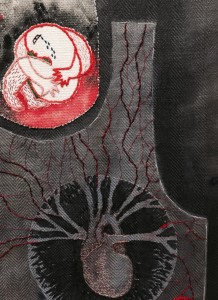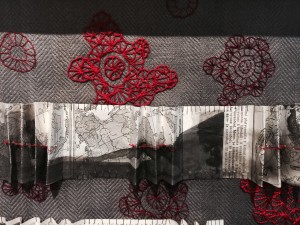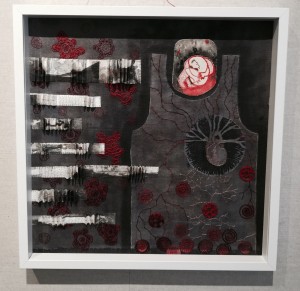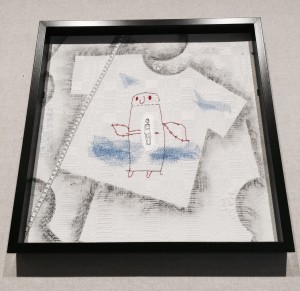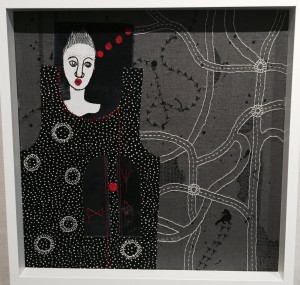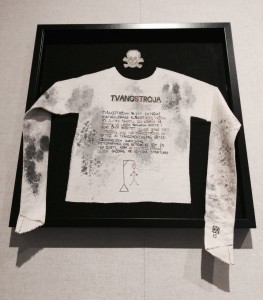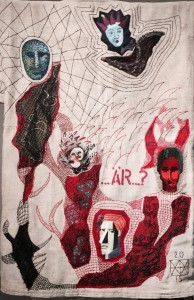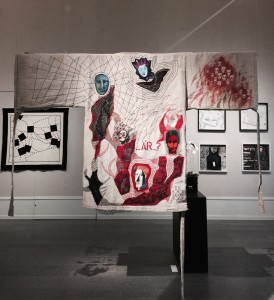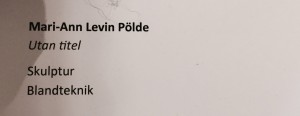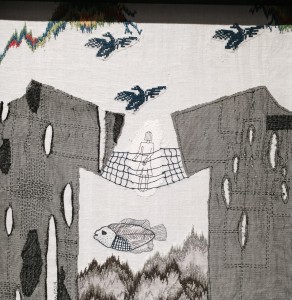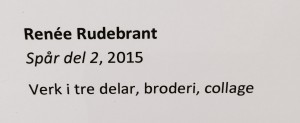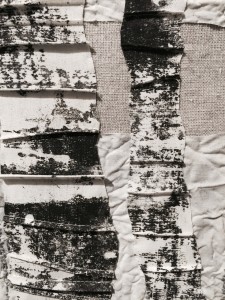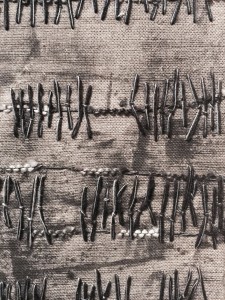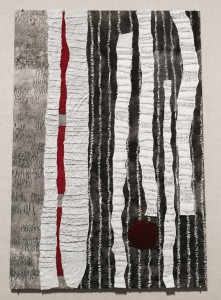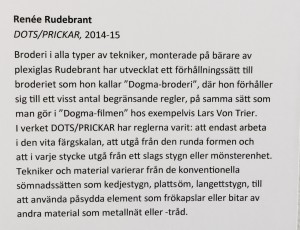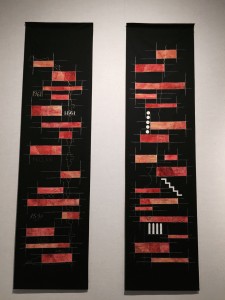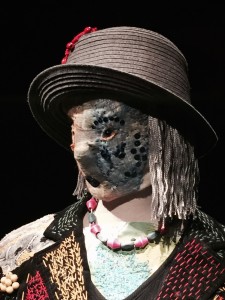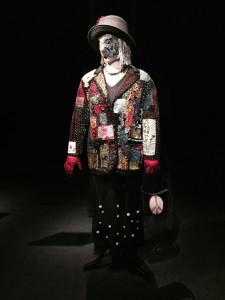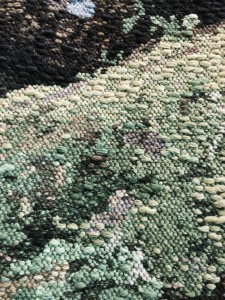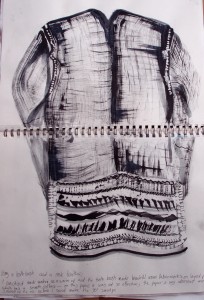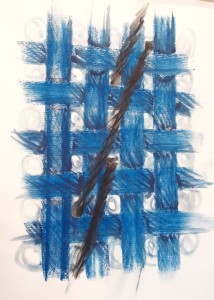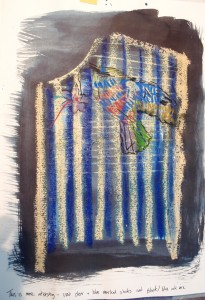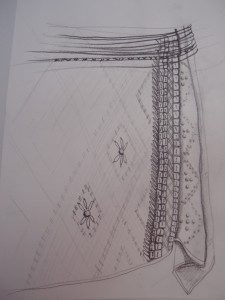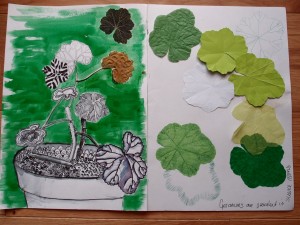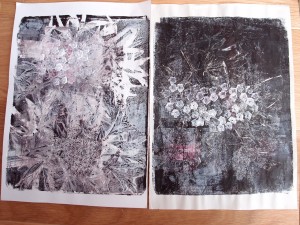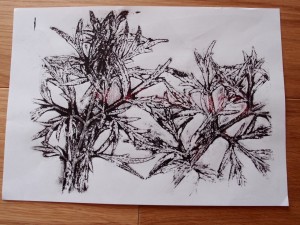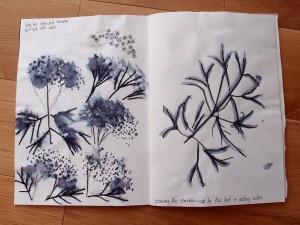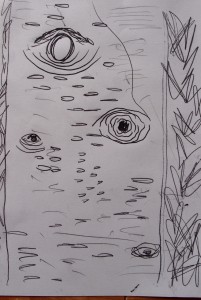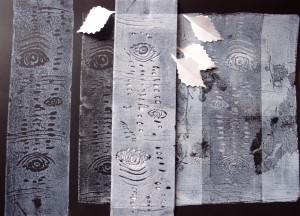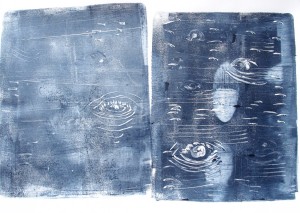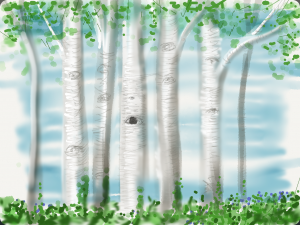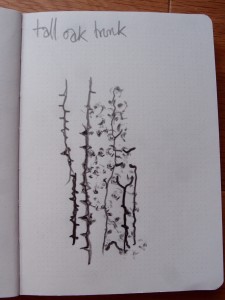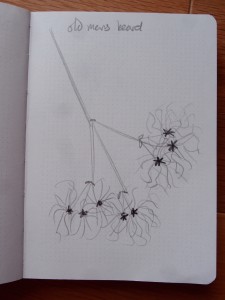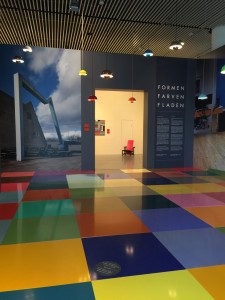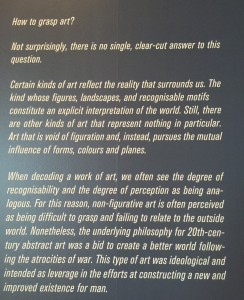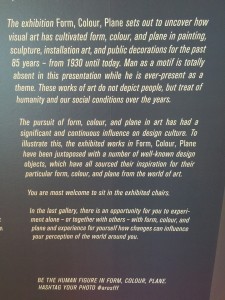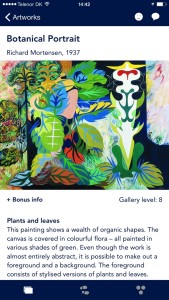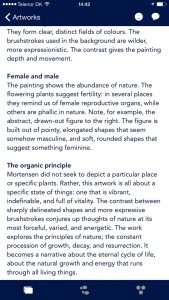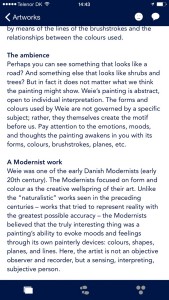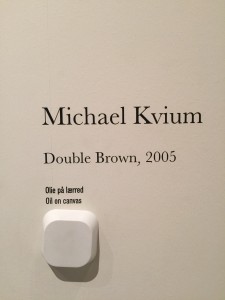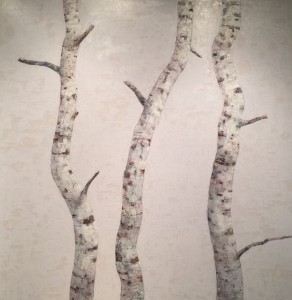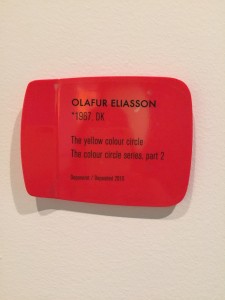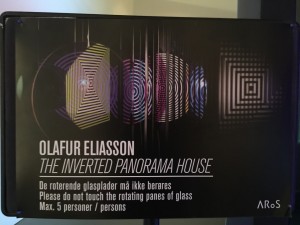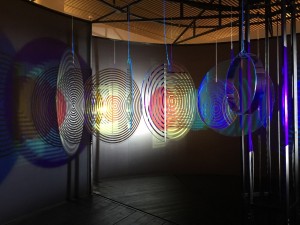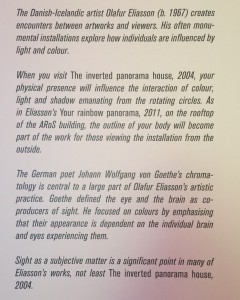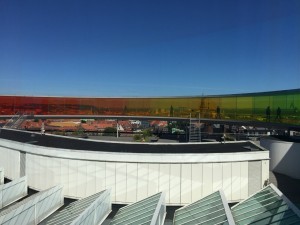Overall Comments
Linda you have submitted a lovely body of work for this assignment. There is evidence you have used your research material and drawing to come up with some considered textile samples. The work is well organised and feels coherent. Your learning log is easy to navigate with lots of imagery and commentary that maps out your creative journey. Your next step here is to become more analytical of the work you are looking at; this includes your research and your own output. This will encourage you to have a deeper understanding of what ‘works’ and how to develop this in your own practice. I have outlined how to go about this below.
Assignment 2 and 4 Assessment potential
I understand your aim is to go for the Textiles Degree and that you plan to submit your work for assessment at the end of this course. From the work you have shown in this assignment, providing you commit yourself to the course, I believe you have the potential to pass at assessment. In order to meet all the assessment criteria, there are certain areas you will need to focus on, which I will outline in my feedback.
Well that’s a lovely feeling of relief! I have potential, I’m on the right lines. I need to channel this thought and work with more confidence. The comment about commitment is very pertinent, I need to commit more quality time to my studies. Time management is key here. I’m considering a clearer timetable with written down tasks and tick boxes to track my progress. I have already broken down the next assignment into small tasks. My biggest problem is most of my time is little pockets , rather than long stretches, I think that I will try colour coding tasks by time, and focus needed, to easily see what I can fit into little spaces, then use longer blocks of time for focussed tasks instead of doing lots of smaller ones and realising that precious time has disappeared.
Feedback on assignment
Demonstration of technical and Visual Skills, Quality of Outcome, Demonstration of Creativity
You appear to have worked conscientiously and methodically through out this assignment producing a good number of experimental textile samples. Your stitch work and handling of the materials has been carried out with sensitivity and skill. There is an understanding of how to use placement to create a pleasing imagery. Throughout the assignment you have used a wide number of materials to create texture and form. You have been willing to take risks and be broad-minded in your expectations. This is evident in your origami bird with its stitched surface. There is sense that you have developed ideas through repetition of styles and forms until you have arrived at the right place. This has enabled you to take risks and learn from your results. I particularly like the stitched paper sample of the sleeve that has become a self contained abstract composition.
I suggest you continue to work in the way you have for this assignment. Don’t be afraid to take risks, failures and mistakes are very much part of the creative process. Be experimental in the materials you use and how you use your drawing to support your creativity.
“conscientiously and methodically”
Isn’t the same as excitingly, I need to take more risks and find time to experiment. My reflections need to be voiced in order to fully explore both learning outcomes and process.
Sketchbooks
Demonstration of technical and Visual Skills, Demonstration of Creativity
The drawing and mark making you have produced for this assignment is accomplished and works well with the stitch. You have used a wide range of mediums and experimented with mixing mediums and using different drawing surfaces. You have not been afraid to draw and redraw objects using methods like collage to learn more about what you are creating. There is a good use of scale that you could probably push further. Try using a role of wallpaper liner – you can cut off lengths and use it on a table or the floor. Think about using larger movements to add marks to the paper and putting your pencil or charcoal on the end of a long stick. Use methods like continues line drawing and blind line drawing to create a larger range of marks and compositions.
I like the idea of working large, like Alice down the rabbit hole! I am inquisitive and observant, I shall push my lines of inquiry in more directions. Getting messy on a large scale is very appealing – maybe not appropriate as part of the next assignment, but I have put this idea on the back burner.
Research
Context, reflective thinking, critical thinking, analysis
You have continued to gather some excellent research material and collated it carefully in your learning log. You appear to be finding it very inspirational both aesthetically and technically to look at the work of others. This is very important when working towards a degree as it enables you to learn about the context with in which you are working. I am pleased to see you have looked at work in the flesh at exhibitions – this really helps your understanding particularly of texture and scale. I suggest you also look outside the textile discipline to find influence and insights. This could be as varied as painting, architecture and music, all these areas can provide stimulus. When you have your research imagery and made the basic notes about it really look at it carefully, picking apart why it works as an artwork. This could be to do with colour palette, shape and arrangement of forms or use of materials. Note your judgments down in your learning log, there are no right or wrong ways of seeing visual art so don’t feel concerned you are not knowledgeable enough. This process will help you develop a deep understanding of how pleasing and meaningful artwork is created.
Learning Logs or Blogs/Critical essays
Context, reflective thinking, critical thinking, analysis
In your learning log you have been careful to map out your progress during this assignment writing articulately and clearly. Including your emotional ups and downs and the decisions about your work. All this stuff is really important, particularly the emotional part. Making and creating is so personal and cannot happen successfully without the emotional investment of the artist. The only room for improvement is the continued development of a critical reflective voice. Critical here means to make judgments and decisions about your work. As I have said above, pick a part your work thinking about what has worked and why. You are probably doing this to some extent already whilst you are making decisions about developing your drawing and sample making. I suggest you be more conscious of these thoughts and add them to your learning log.
I must make a concerted effort to express myself outwardly , more. I think that I’m too used to being inside my own head! In the same way as noting something down , or making a quick sketch clarifies things, I expect that this blog will clarify my thoughts and judgements when I find my written voice.
Suggested reading/viewing
Context
Blind continuous line drawing https://www.youtube.com/watch?v=fjJhZ4DYh50
Critical Thinking Skills: Developing effective analysis and argument. Written by Stella Cottrell, part of the Palgrave study skills series, published by Palgrave MacMillan. Weareoca.com Critical thinking skills book http://weareoca.com/fine_art/critical-thinking-skills/
This book looks excellent, just flicking through it made me feel more professional! I have started reading it and have set up a blog post to reflect on findings and record my progress.
Steal Like an Artist: 10 things nobody told you about being creative by Austin Kleon published by Workman, is an excellent book about how creative people explore the work of others to influence their own output. Weareoca.com Steal like an artist http://weareoca.com/fine_art/steal-like-an-artist
This is on my bookshelf and due a revisit.
Weareoca.com So what is research? http://weareoca.com/fine_art/so-what-is-research/
Oh the irony! Research is not just looking at things, but recording and analysing and reflecting. I copied this when I first read it, it made such sense – this is something I must apply not just read…
Look at the oca Pinterest site to see what tutors and other students are looking at. https://www.pinterest.com/opencollegearts/
Love Pinterest – ‘though it is a dangerous place when you’ve not much time. Often not good use of research time for me….
Pointers for the next assignment
- Reflect on this feedback in your learning log
- Maintain your excellent working practices
- Continue to take risks and experiment
- Draw regularly in a range of mediums, on different surfaces and at different scales
- Develop your critical thinking and analytical skills
